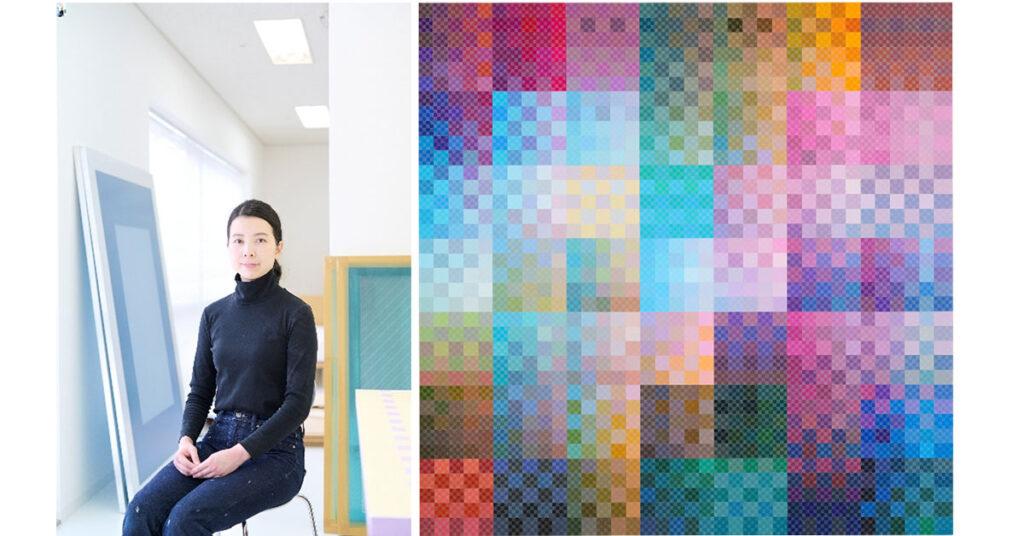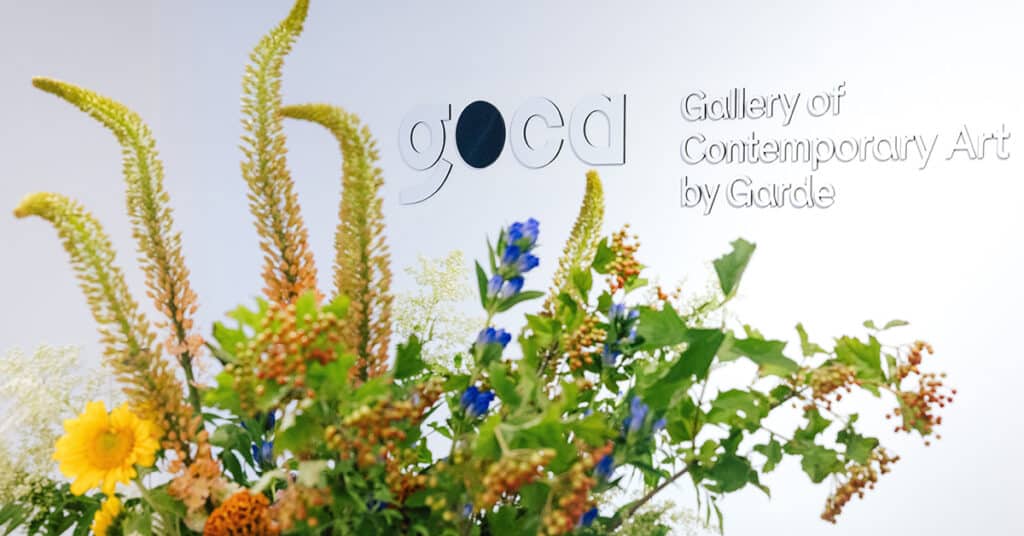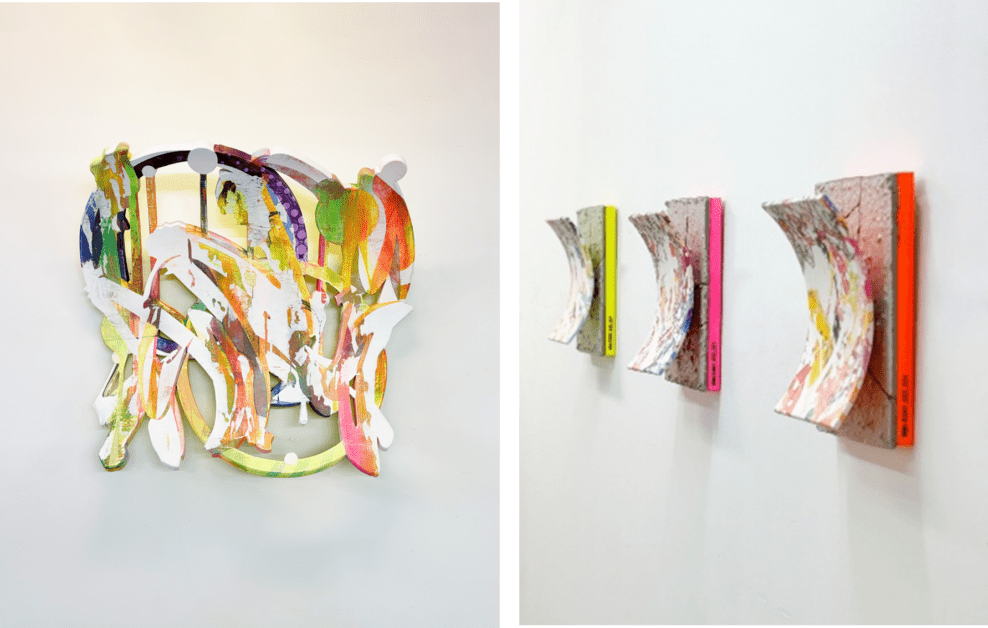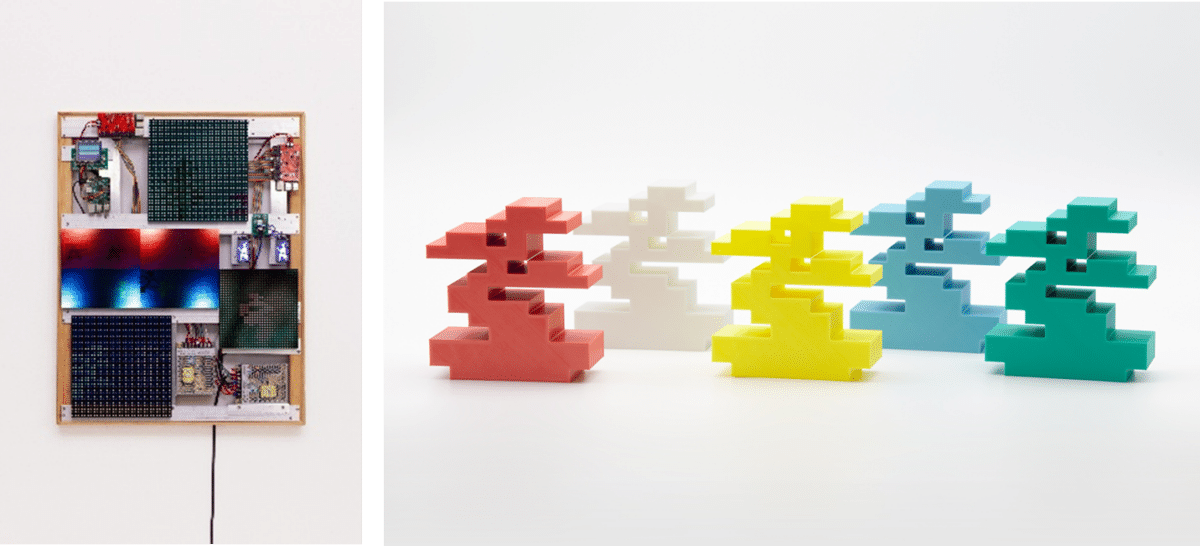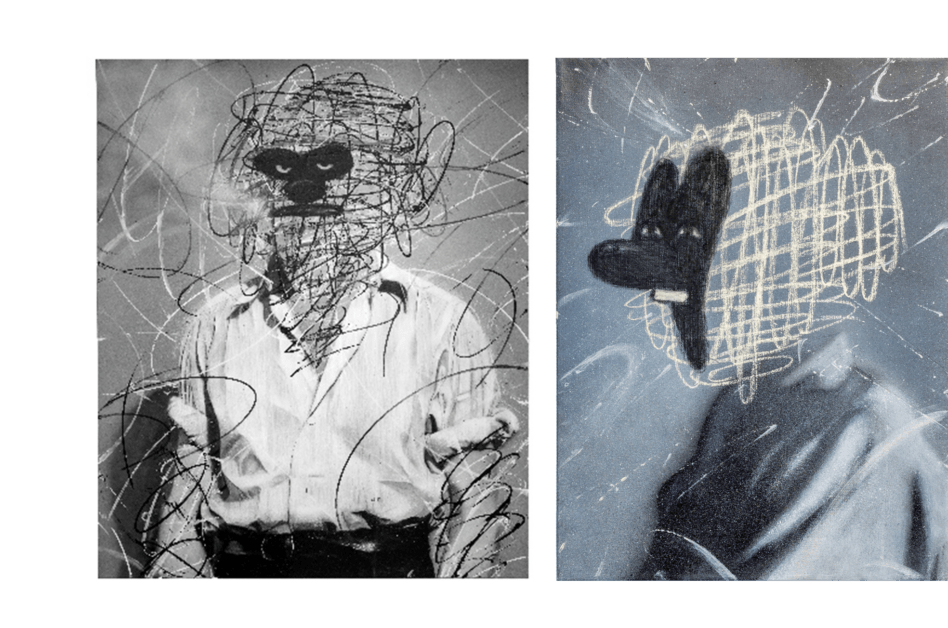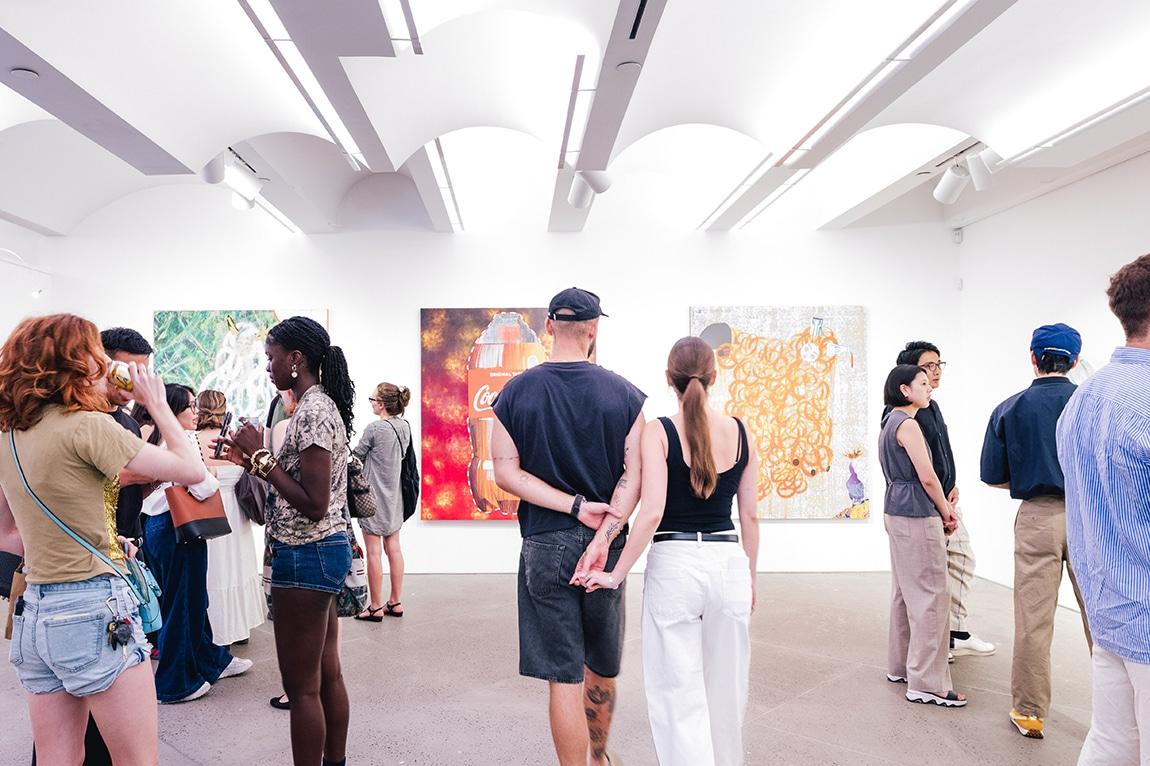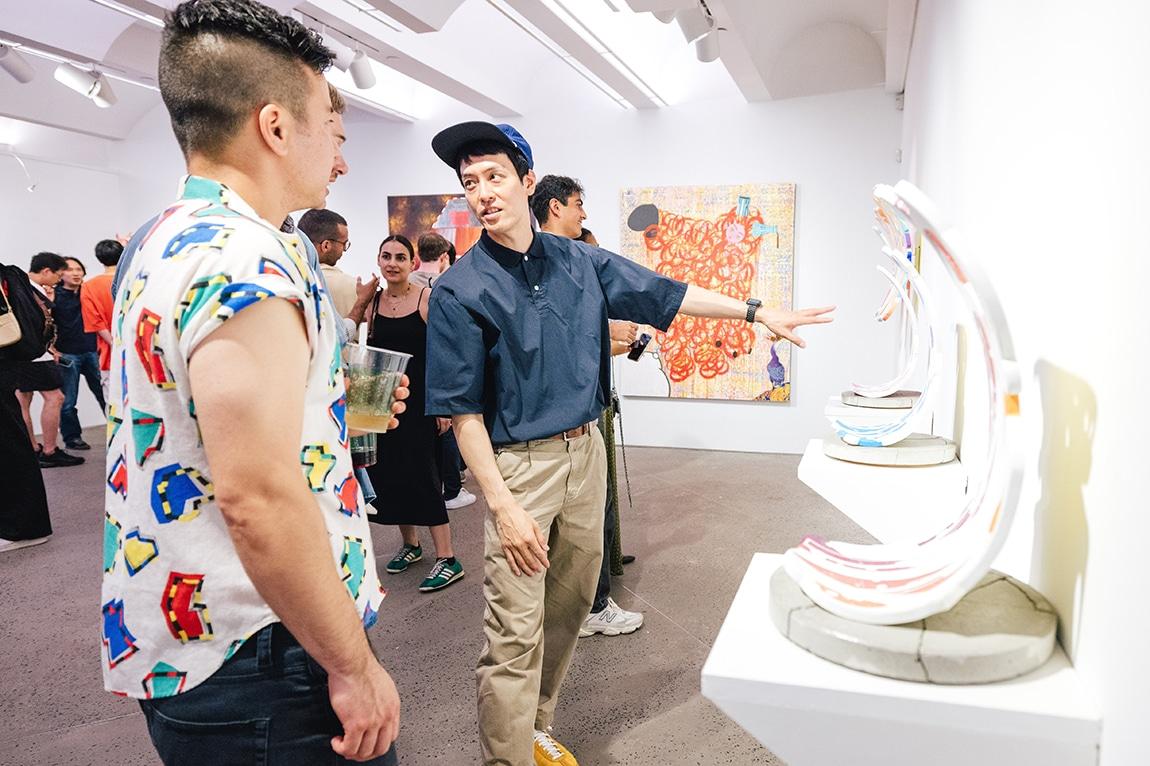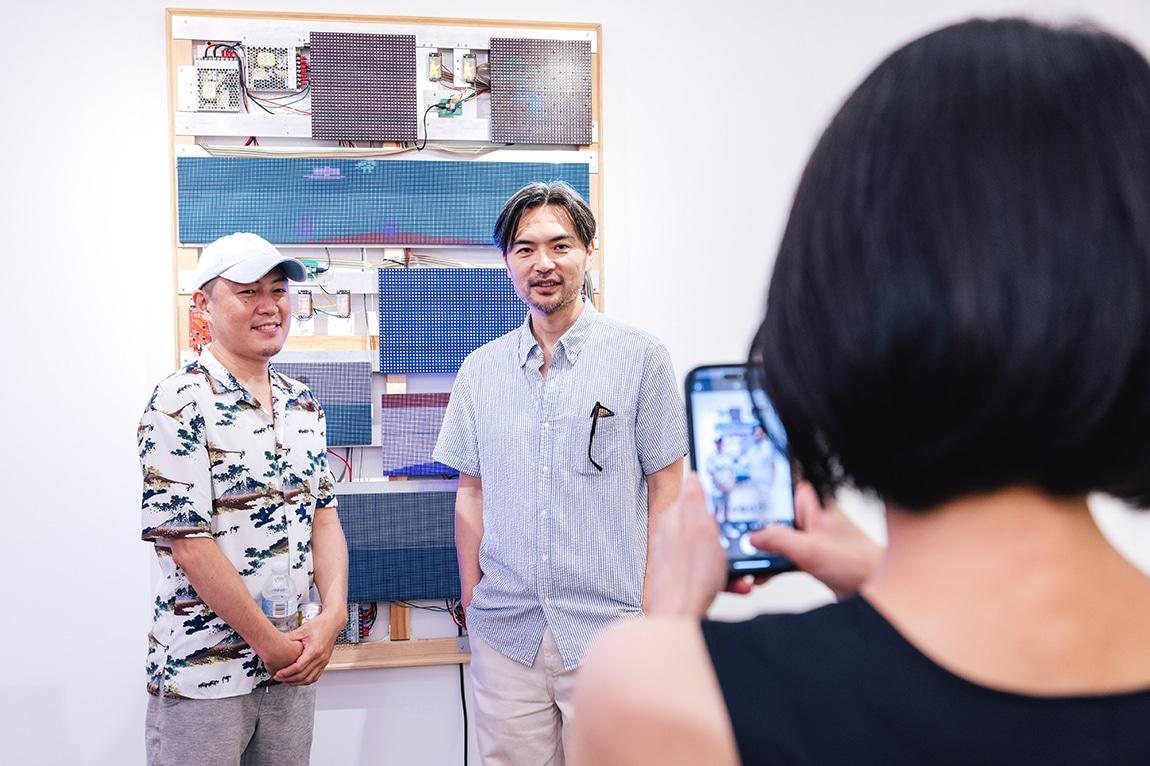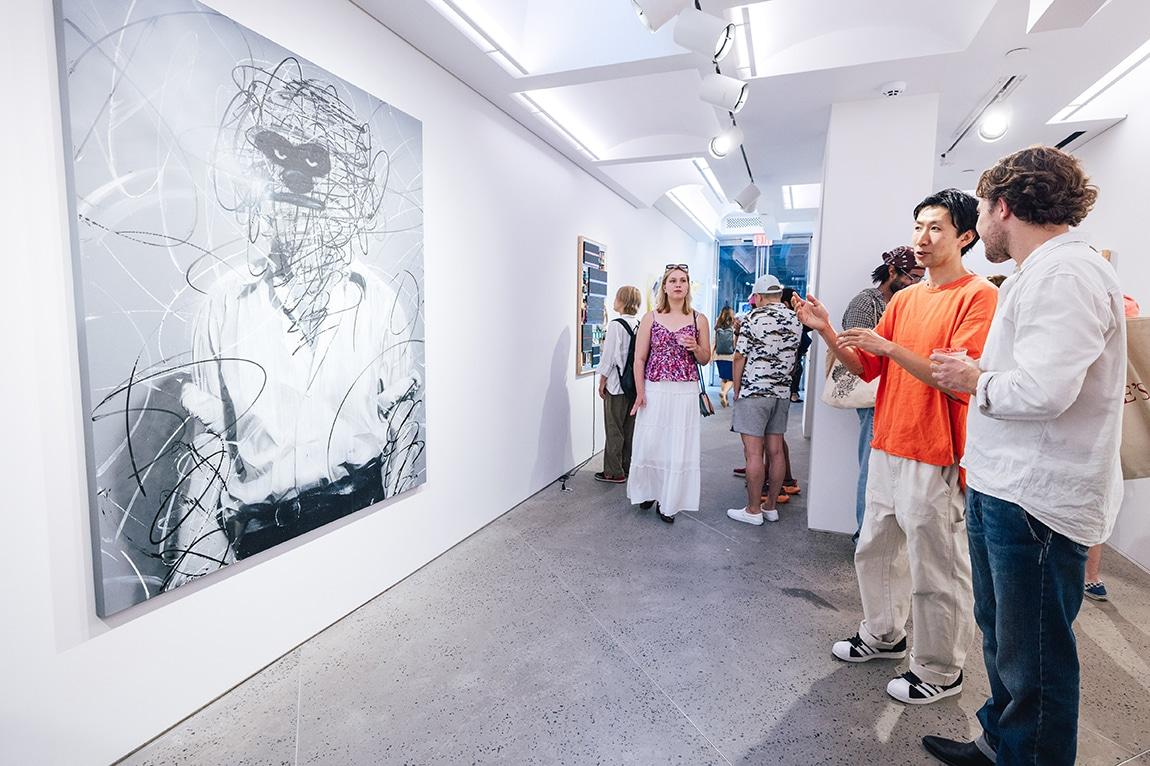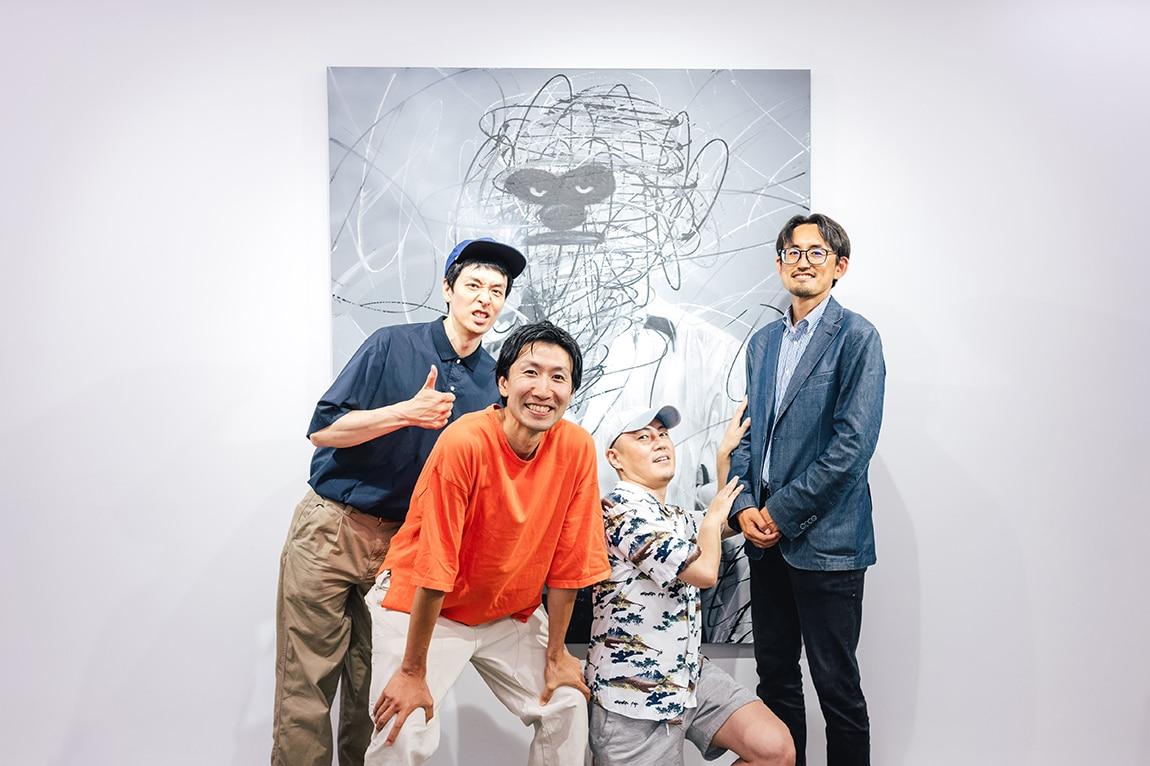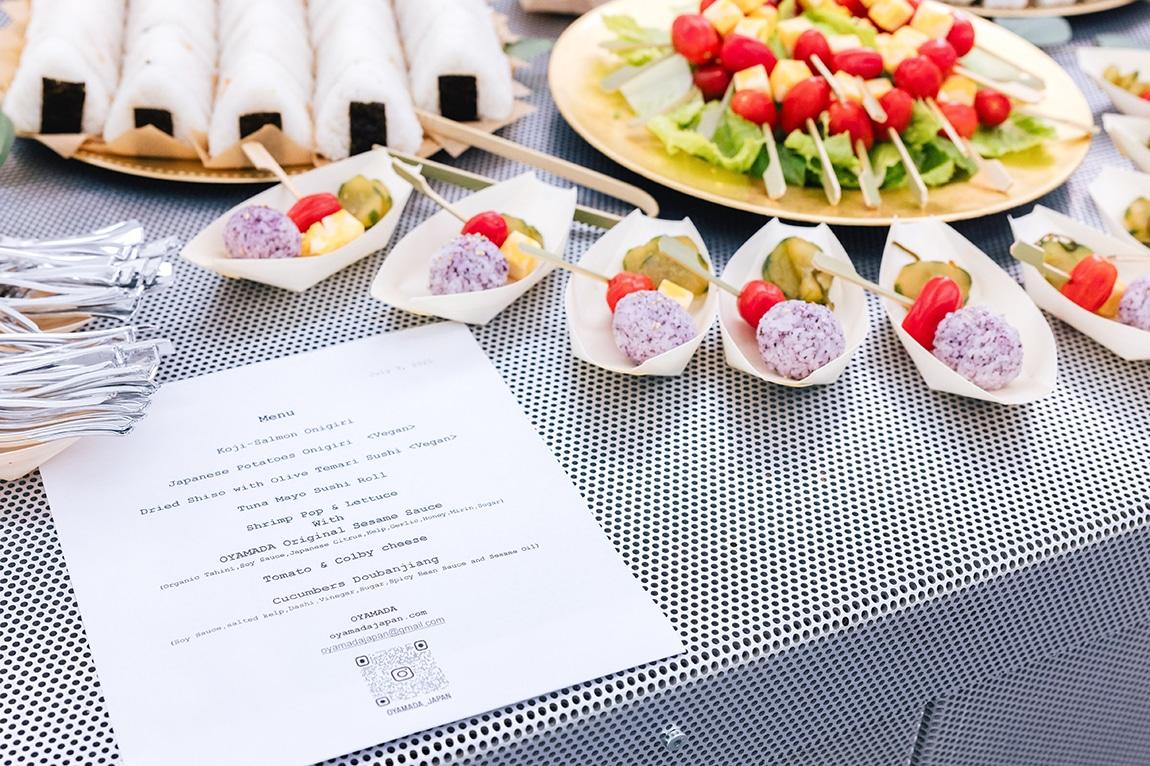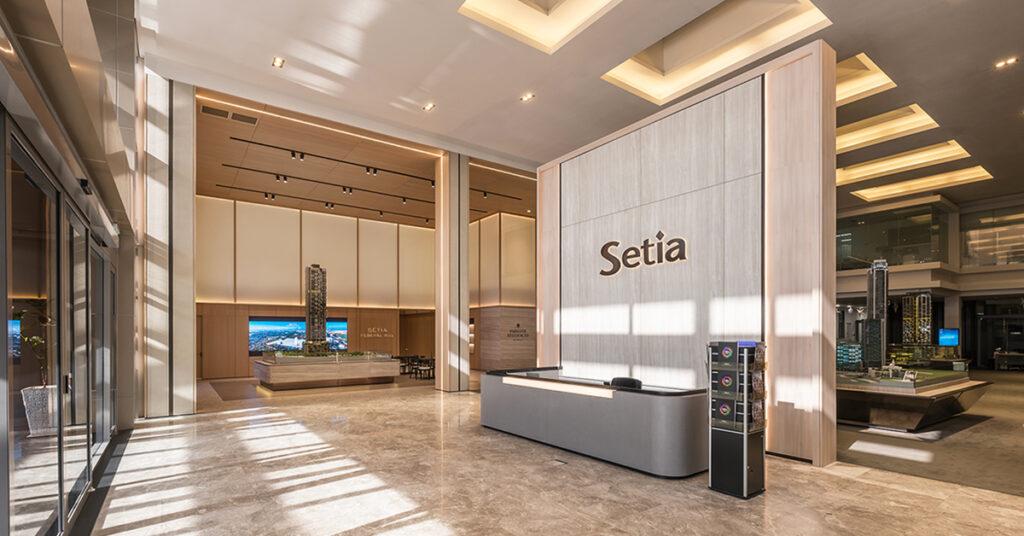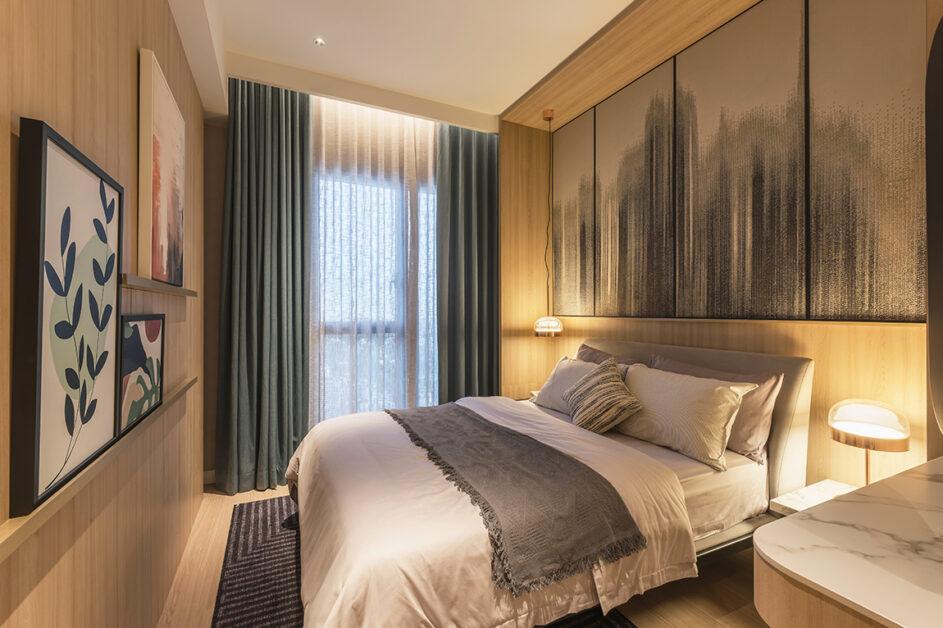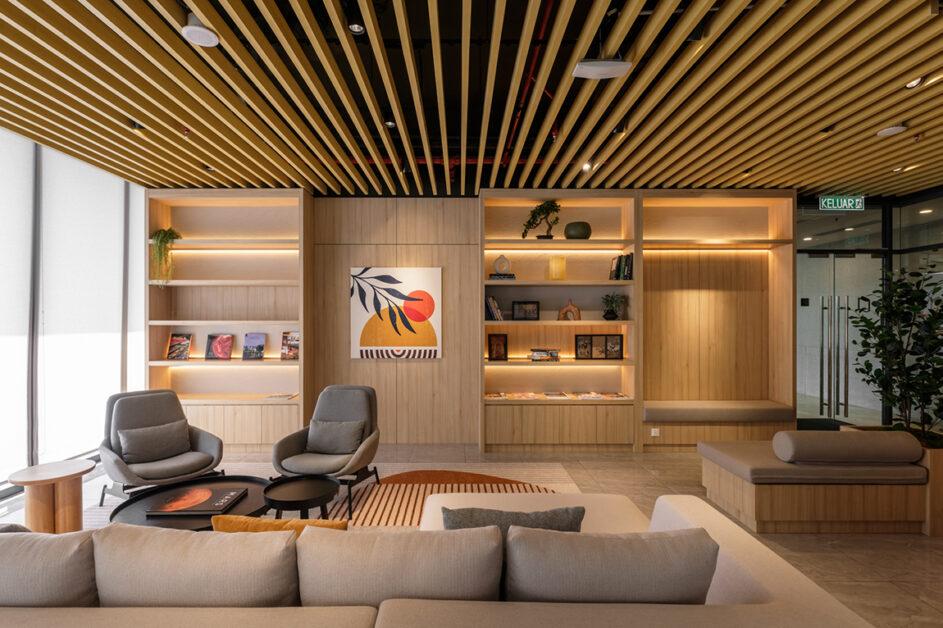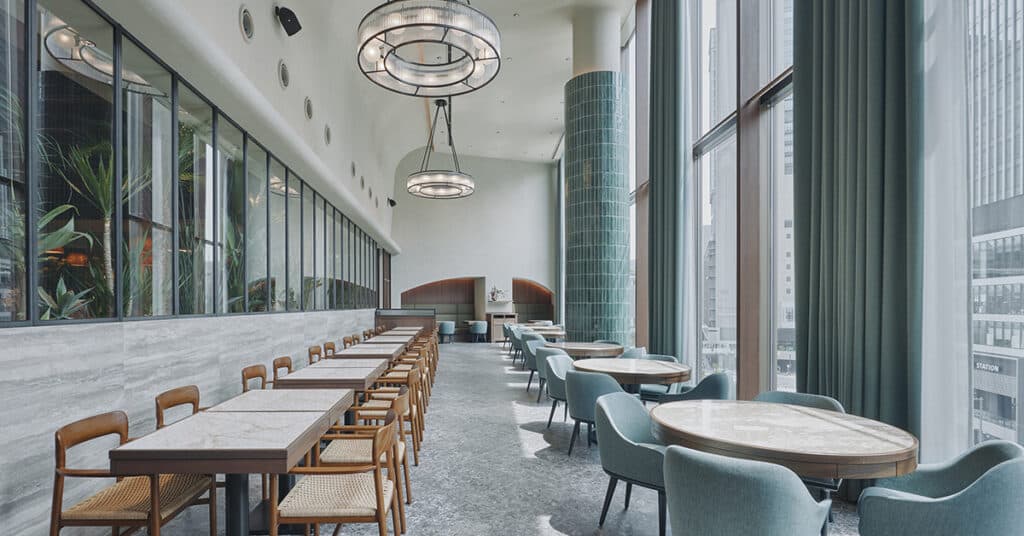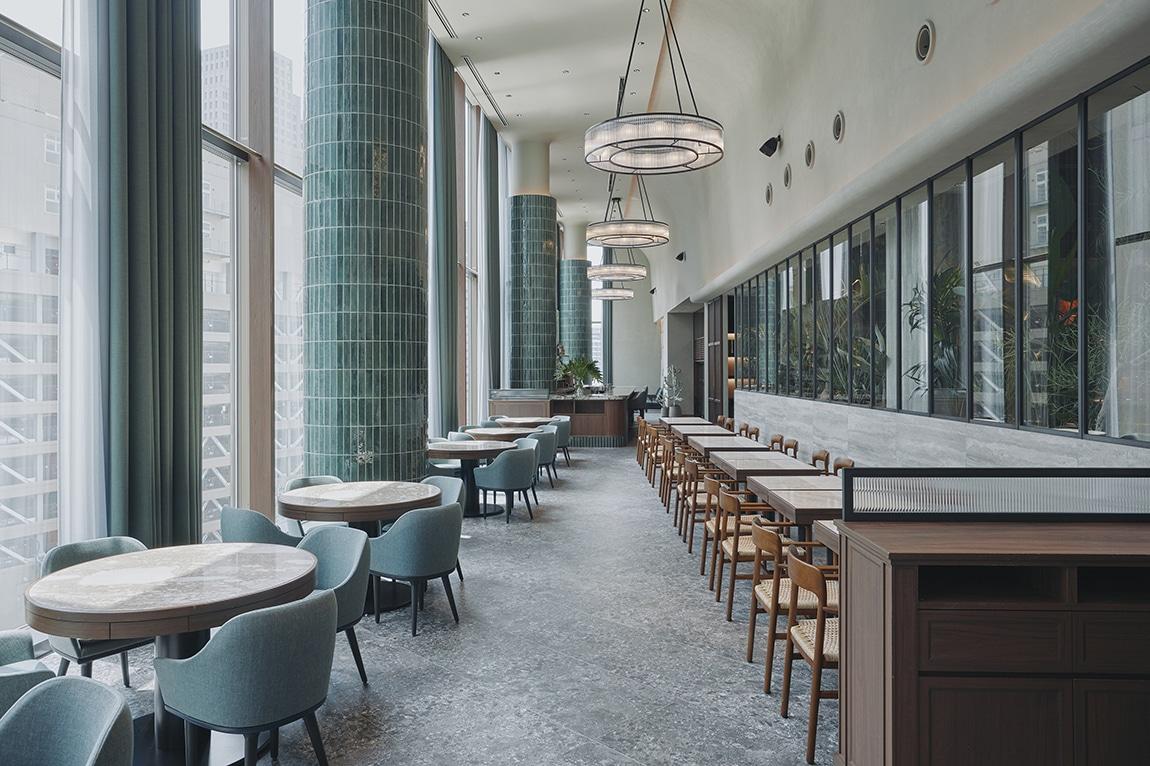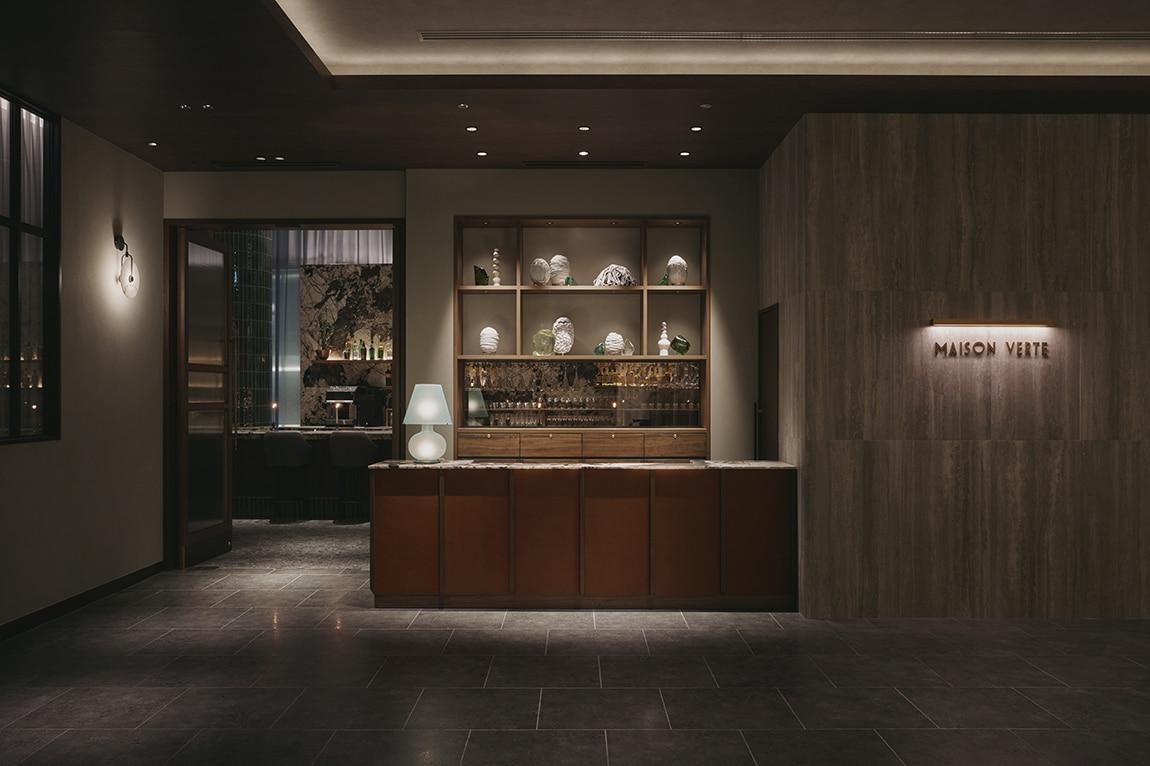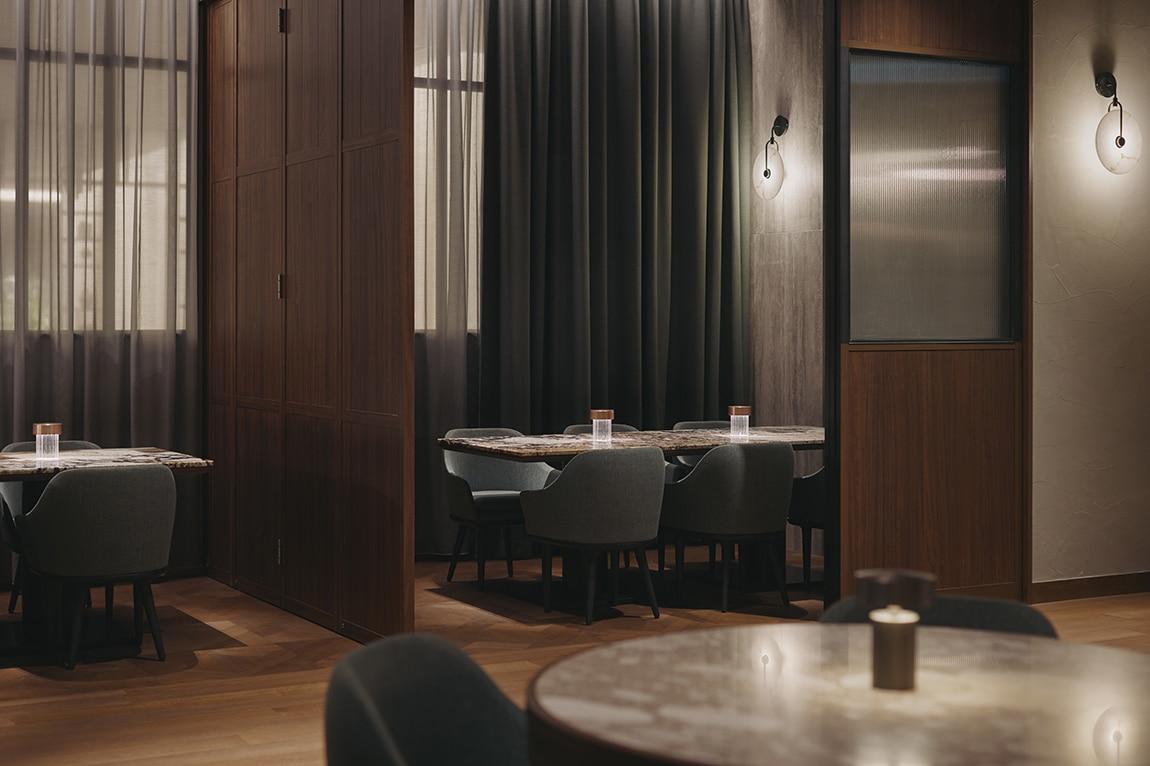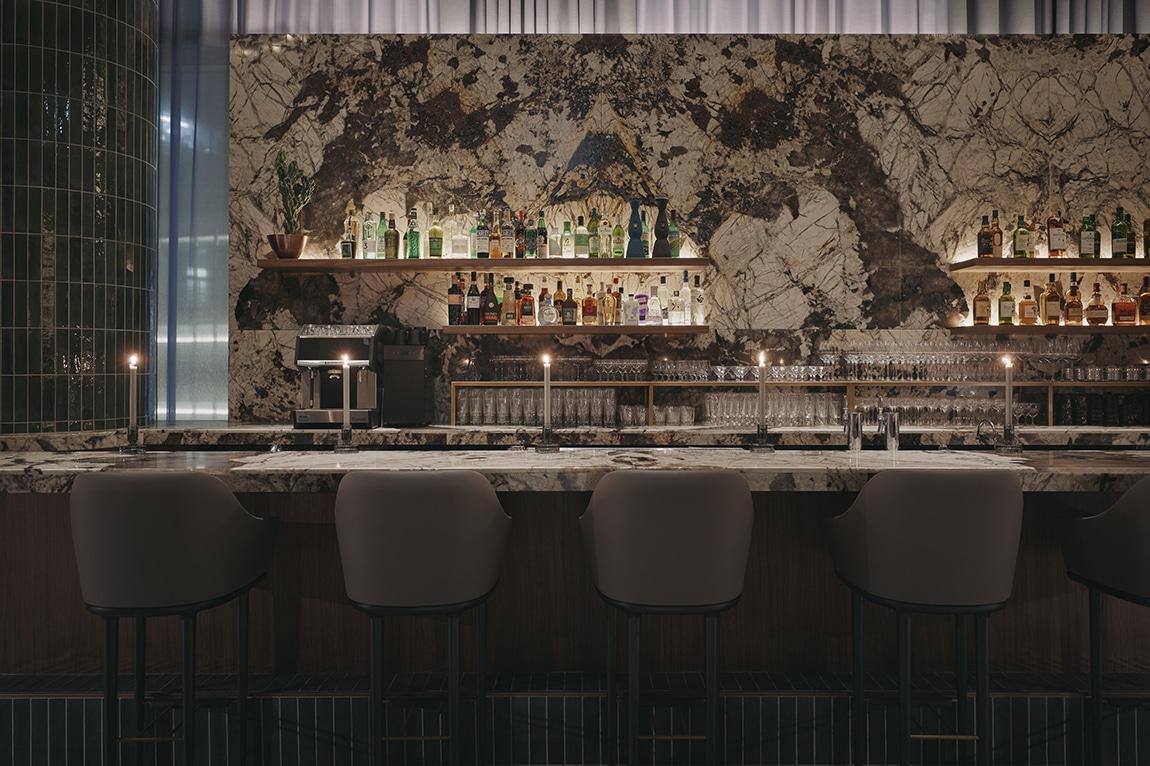Artist Aya Kawato, who has attracted the attention of world-renowned fashion houses, will hold a new solo exhibition titled “Grids of Perception” at GOCA by Garde in New York, following her work at the Osaka-Kansai Expo Welcome Hall. Exhibition period: Thursday, September 4, 2025, to Saturday, October 25, 2025.
GOCA by Garde will present the first U.S. solo exhibition of artist Aya Kawato, titled “Grids of Perception,” at GOCA by Garde—the art gallery operated by GARDE—from Thursday, September 4, 2025, through Saturday, October 25, 2025.
Aya Kawato is an artist who explores the theme of “control and deviation” from a unique perspective within grid-like paintings. Drawing on her experience studying dyeing and weaving in Kyoto, as well as the influence of her father, a neuroscientist, she focuses on the relationship between vision and cognition. She captures the subtle “deviations” that inevitably arise from meticulous manual work as expressions of beauty, creating paintings that overlay grid structures with vibrant colors.
Kawato’s works evoke a gentle sense of dizziness in viewers through optical illusions and layers of color, opening up a new realm of tactile and warmly human geometric abstraction. Her creative process, blending traditional Japanese dyeing techniques with a neuroscientific perspective, has garnered high praise for its unique approach that transcends the boundaries of craft, science, and art.
Recently, Kawato has attracted attention both in Japan and abroad, serving as design director for a large-scale tapestry project at the Welcome Hall of the 2025 Osaka–Kansai World Expo. In addition, she has produced works for Chanel’s collection and created commissioned pieces for Longchamp, with her dynamic installations featured at “Longchamp La Maison Ginza” in Tokyo’s Ginza district and “Longchamp Vienna” in Austria, further broadening her international presence.
Highlights of the Exhibition
This exhibition will showcase approximately 20 works, including new paintings that investigate the relationship between control and deviation through abstract grid compositions. These works merge traditional Japanese dyeing and weaving techniques with concepts drawn from modern neuroscience, offering a compelling introduction to Kawato’s multifaceted artistic vision. By crossing the boundaries between visual art, craft, and science, Kawato invites viewers to reconsider the inherent instability and richness of perception itself. In addition, a prototype of the large-scale tapestry to be presented at the 2025 Osaka–Kansai Expo will also be on view.
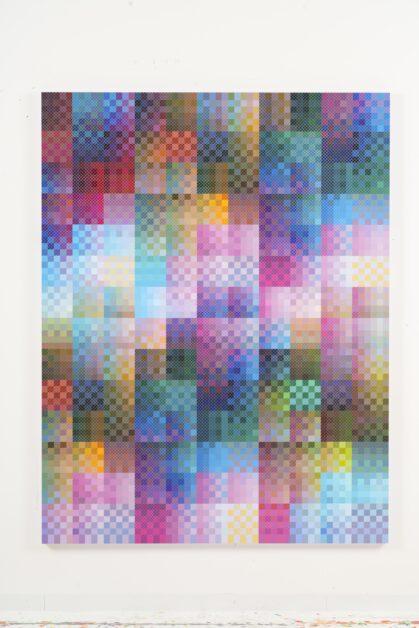
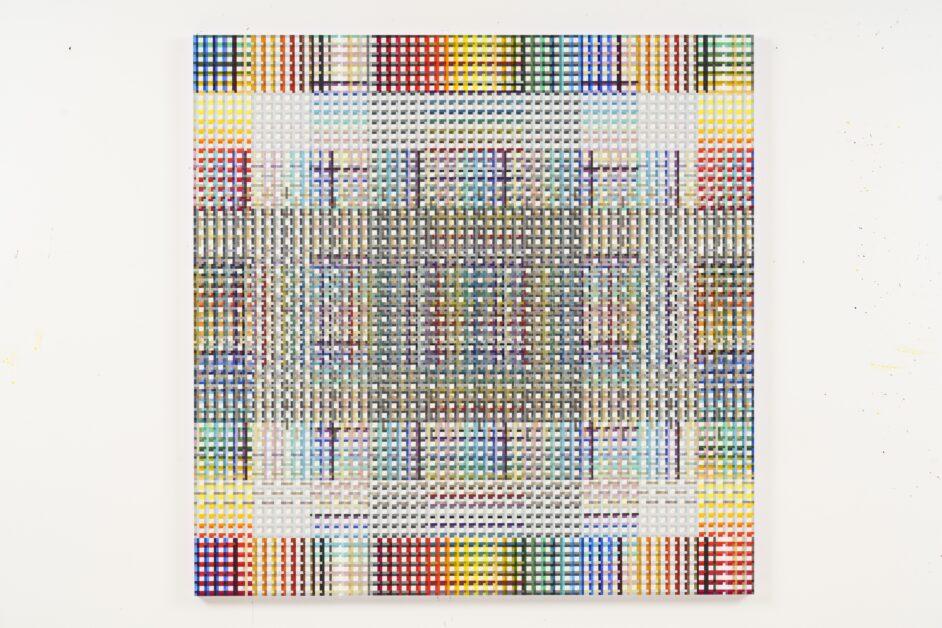
Exhibition Overview
Title: Aya Kawato Solo Exhibition “Grids of Perception”
Period: September 4 (Thu), 2025 – October 25 (Sat), 2025
Address: GOCA by Garde, 515 W 23rd St, New York, NY 10011
Admission: Free
Official Website: https://www.goca.gallery/
Artist Profile
Aya Kawato
Born in Nara Prefecture in 1988. Resides in Kyoto Prefecture. Growing up with a father who is a neuroscientist, she developed a strong awareness of perceiving the world through the brain. After studying traditional Japanese dyeing and weaving in Kyoto, she participated in an exchange program at the École Nationale Supérieure des Beaux-Arts in Paris, and in 2019, she completed her doctoral studies in the Department of Advanced Artistic Expression at Tokyo University of the Arts.
Her work centers on abstract grid-like paintings that explore the theme of “control and deviation,” drawing on both traditional Japanese dyeing techniques and contemporary neuroscience. Recent solo exhibitions include Tokyo Opera City Art Gallery, Kyoto City KYOCERA Museum of Art, as well as exhibitions in Paris and Geneva. Additionally, in 2024, she participated in Colors: Unraveling the Secrets of Color from Impressionism to Contemporary Art at the POLA MUSEUM OF ART (Kanagawa); in 2023, Nippon Mania. Contemporary Art from Japan at Kunsthaus Kaufbeuren (Kaufbeuren, Germany); and in 2017, 2074, The World of Dreams at FIAC 2017 / Grand Palais (Paris, France), among many others.
Major collections include Chanel Co., Ltd. and the University of Tokyo Museum of Art. Major commissioned works include: 2025, Osaka-Kansai Expo Welcome Hall (Osaka); 2021, Longchamp Vienna (Vienna, Austria); 2020, Meta Open Arts Commission / Facebook (Tokyo); and 2019, Longchamp La Maison Ginza (Tokyo). Major awards include the 2018 Nomura Art Award from the Nomura Foundation; the 2017 2074, Dream World Grand Prix from the Colbert Committee and Tokyo University of the Arts; and the 2016 11th TAGBOAT AWARD Special Jury Prize, Tomio Koyama Award from TAGBOAT.
Official website: https://ayakawato.com/
GOCA by Garde
GOCA by Garde, an art gallery operated by GARDE, is located in New York’s Chelsea district and specializes in contemporary art from Japan and Asia. Through paintings, sculptures, and ceramics, the gallery introduces both emerging and established artists, aiming to promote cultural exchange and dialogue.
The Chelsea district is renowned as one of the world’s leading centers for art and culture, currently home to approximately 200 galleries showcasing a wide range of works, from exhibitions by renowned artists to experimental projects by emerging talents.
In this dynamic Chelsea setting, GARDE leverages its expertise in spatial design and its network of artists to create a space where art enthusiasts can gather and engage. We anticipate that the inspiration and possibilities born from GOCA by Garde will positively impact society through the power of art.

